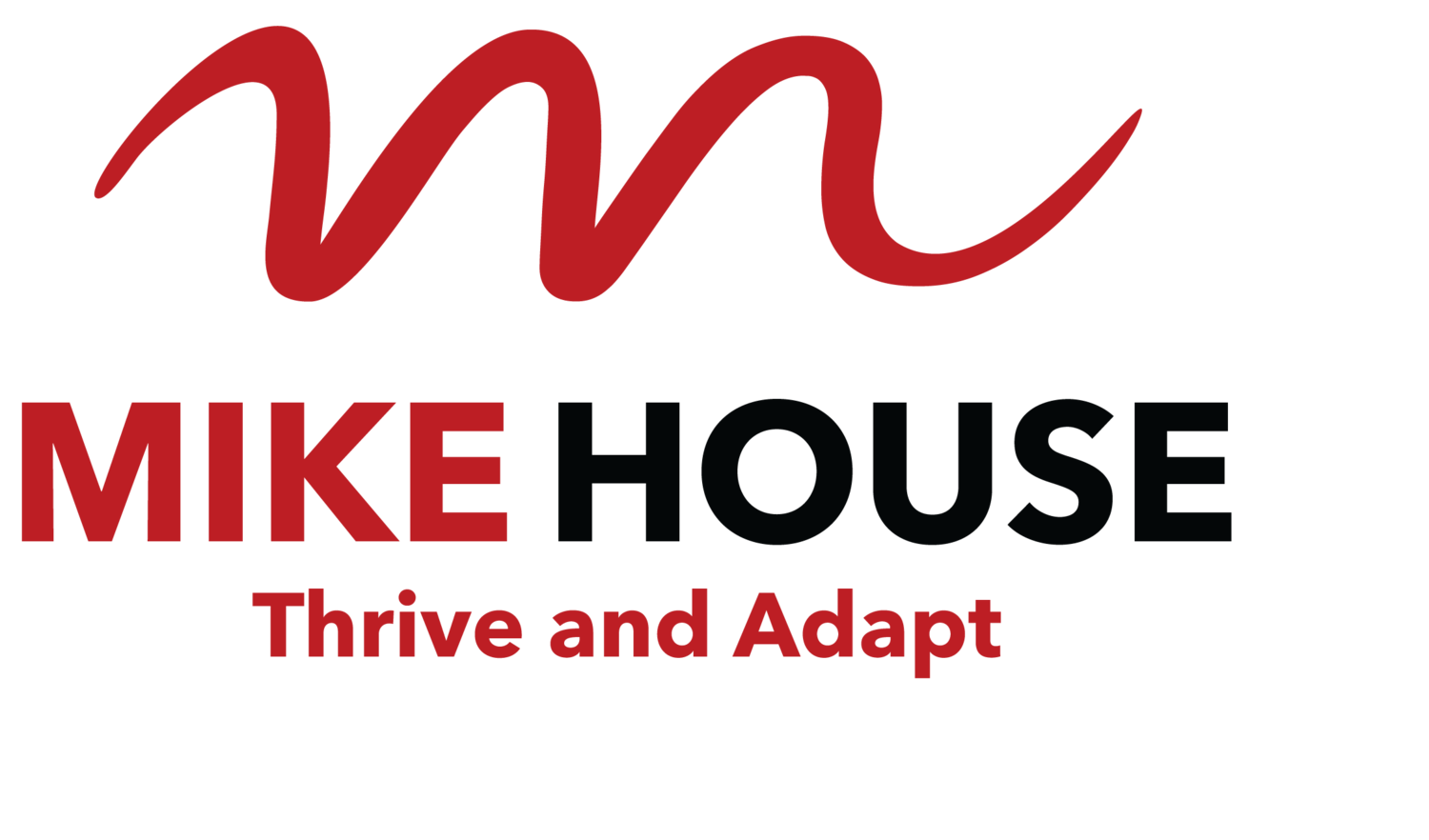Order from Chaos - 5 Lessons from a Day with an Elite Response Team
/I recently had the privilege of spending the day with a professional emergency response team in their training environment. They are tasked with entering highly dynamic and unpredictable environments, often with minimal information. The situations they face evolve rapidly. One of the stand out aspects of their work was their ability to create order in the midst of chaos. I wondered what lessons could be learned that apply to everyday leadership and business. While the physical risk for most of us is much lower, we certainly face chaotic and unpredictable situations, often with minimal information and evolving dynamics.
Lesson 1 - Inject Clarity
I’m rapidly forming a view that the number one job of leaders in an uncertain world is clarity. The team added clarity in a number of ways. Excellent communication that focussed on what was known and what they were going to do. This included quality questions that highlighted gaps and potential misunderstandings. Ultra clear roles and responsibilities. Everyone knew exactly what they were responsible for. Clear decision making so that when the inevitable decisions on the fly needed to be made the whole team knew where their decision making lines were. Clearly defined start, end, decision, and potential disruption points. Discipline to focus the above on known information or useful speculation. The team stayed well away from the potential rabbit holes of ineffective ‘what if’.
Lesson 2 - Debrief
After the action stopped, the whole team paused for review. What went well, what could have been improved, what lessons could they adopt for the future? Notable in this process was a strong expectation that people would highlight potential improvement. There was little consideration of position or ego in the process. All input was matter of fact and welcome.
Lesson 3 - BYO Feedback
Part of what made the debrief effective was people providing their own feedback for places they could have done better or had messed something up. They weren’t attempting to blame others or circumstances for anything. And they certainly weren’t waiting to see if someone else noticed. Actively reflecting on your own performance makes it easier and safer for others to give you feedback.
Lesson 4 - Hone your skill
The combination of clarity, practice and debriefing had the team constantly honing their collective skill. Individuals were doing the same. Whatever it is you do, keep practising and refining. Be the best you can be. When chaos lands you know your capability and can deliver without hesitation.
Lesson 5 - Control for Innovation
The team took active control of all elements they could. How they moved, how they communicated, how they decided, who was responsible for what, staying fed/hydrated/rested so they were ready to go, flawless maintenance and front loading, testing systems and gear and much more. The discipline and tight control of elements they could control created a strong core of certainty within chaotic and uncertain environments. It allowed them to quickly adapt and innovate when they needed to.
In what ways can you incorporate these lessons into your work/leadership? What additional insights would you add?














